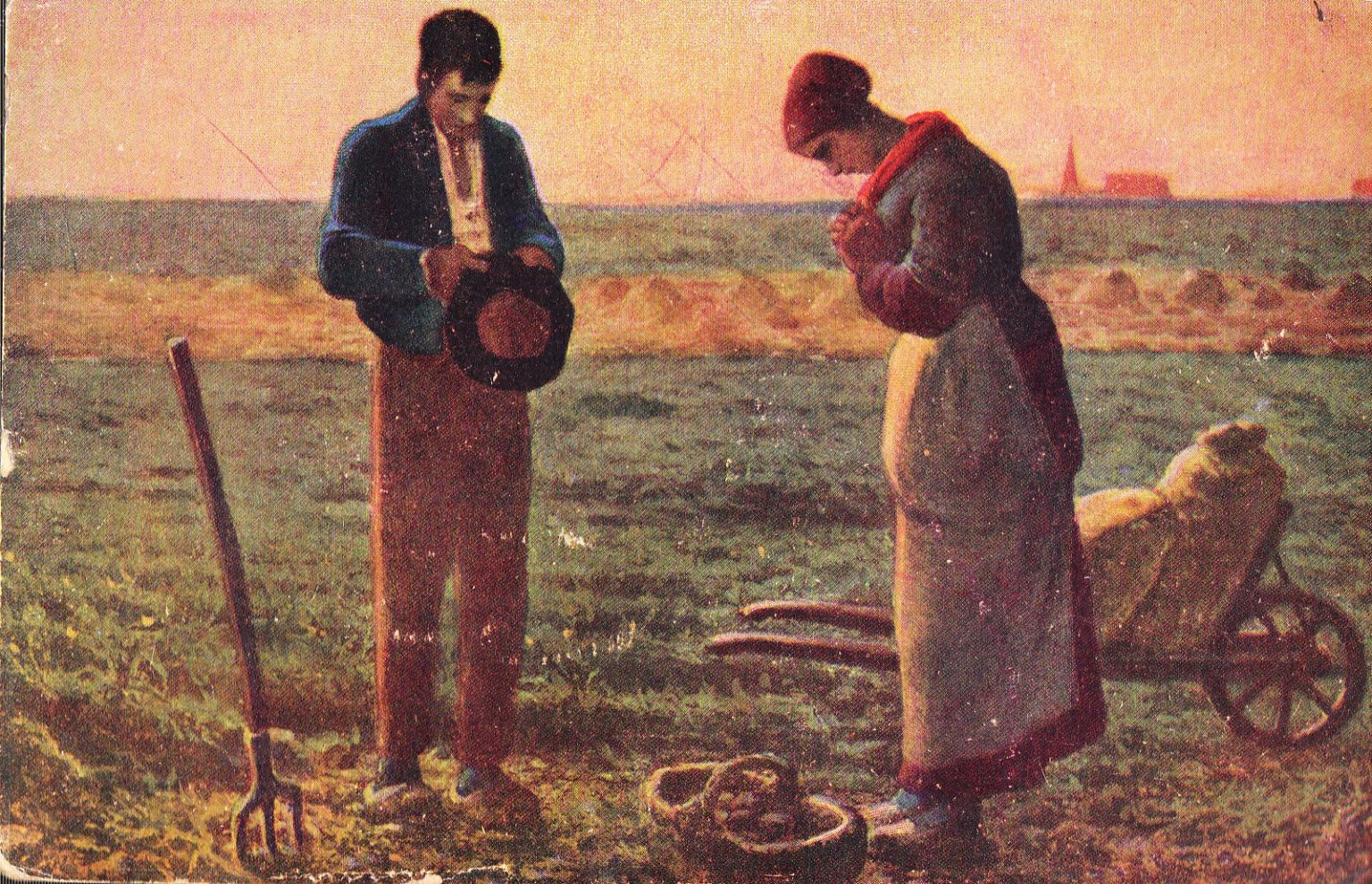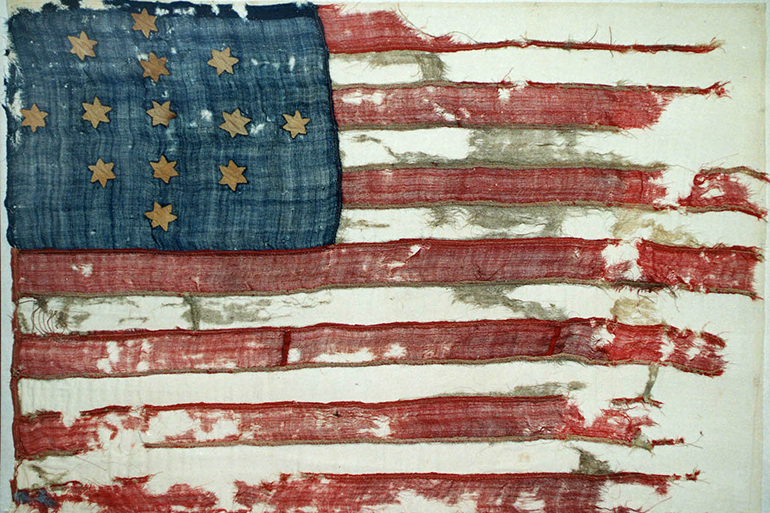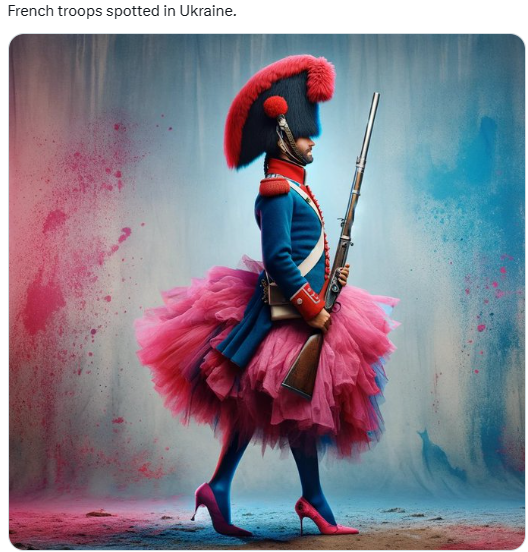“I had six honest serving men who taught me all I know. They were, Who, What, Where, When, Why and How”
That title line is from Rudyard Kipling, and who is also my first grandson’s namesake. Why my eldest son chose Kipling I’m not quite certain, although there were a few Kipling books on his bookshelf growing up. But then again he also bathed in the glow of his own unique name, because he couldn’t enter a gathering at college that everyone didn’t want to meet the only “Pike” they’d ever met.
I doubt my son ever read Kipling’s biography, even the Wikipedia version, (which is more complimentary than Wiki would allow if they’d looked deeper into Rudyard-the-man) but he stood for just about everything Kipling stood for, as encapsulated in the title above. He learned the Big Six early on.
Kipling was the son of what today we’d call today a tech-school teacher, born in Bombay when India was firmly in the grip of the British Raj about a decade after the Great Mutiny, and when England declared India to be a real colony, it’s “Jewel in Queen Victoria’s Crown” instead of just a “sourcing site” for English trade interests, via the East India Company. Until 1857 India had been run as a self-contained “factory site” for the profits of one company, and that one company was the third arm of one of the most powerful nations in the world, England, under the protection of its mercantilism (top down) vision of capitalism. Adam Smith challenged this vision, or management model in modern parlance, and of course, it took a bottom-up philosophy produced by the United States to formulate a new competing prototype. (This is just a side note, but I am working on piece about how Nature selected the American path to personal wealth as being more survival enhancing…because it can be more easily self-corrected…than the top-down mercantilist form, which is nearly as aromatic as the “fascism” that arose in Europe about the same time Rudyard Kipling died in 1936.)
I can think of all sorts of TV-series, Hollywood films, excellent novels and non-fiction, and dozens of short stories about grown-ups and kids by Rudyard Kipling that will give you great insights as to how lucky America had been to be able to cut the umbilical chord with England in 1776 instead of 1948, which is when they finally let India go its own way. The way the English looked at government, its own very peculiar brand of corporate statism (just mentioned) and its view of hereditary elitism that still defines its politics…all these things have carried them to the edge of relevance in a world they largely helped shape.
If you “study” Kipling, even stories like “Kim”, using those six thinking tools in the title, you’ll find a lot of meaning you probably hadn’t thought about. Also note that many college English departments no longer teach Kipling on that account alone.
I picked this short Tik-Tok video up on Twitter, which, in keeping with the latest iteration of the Law of Generations, should show us some change in the “What, When, Why and How”, while we pretty much know the Who and Where, to be largely the same.
https://twitter.com/i/status/1510273022225260547
How old is this sweetie…16, 18? I doubt 20.
This is 2022. So, were there any such whiny-butts in ’62? ’72? ’82? ’92? even ’02, ’12?
Actually, Ayn Rand gave us a better look at the spoiled bratlings of ’64 at Berkeley than even she imagined. I still recommend her book, but to be read from the point of view of 50 years of observable cultural history she didn’t live to see, and also, in all likelihood, wouldn’t have been able to see because of that insufferable arrogance that served as blinders to her field of vision. An elitist, she was not on board with what nature had planned for the “surviving” culture, since that survival formula was found at the bottom, not the top. (This has always been God’s little trick on the arrogant of the world.)
This same rule applies to the old-guard Left of student radicalism and America’s during “first Mass Student Movement, 1929-1941” as described by Prof Robert Cohen in 1993, and who was at the time on the University of Georgia History Department payroll. If you want to know the “Who, what, where and when” of how the modern Left was thinking in Bill Clinton’s first term, read Cohen’s When the Old Left Was Young, only find a used copy to deny any continuation of royalties. It points out every flaw not only in leftist thinking, but in their high opinion of themselves, and who, very much like the children of privilege in England, never learned how to dress themselves until they went to boarding schools. The portrayal of the “first mass student movement” is not how it actually was, but how the Left of 1993 wanted it portrayed, as both heroic, and large. Buried in the book, the how, what, and why of radical thinking in the Depression Era was confined almost exclusively to private colleges and universities in New York, and on any given day, limited to a few hundred people, and Cohen spent some effort belittling the other 98.5% of college students in the northeast for wasting their lives for pursuing degrees in occupational pursuits; engineering, medicine and business. Even Home Economics! No really. (My state university had an entire building dedicated to that one educational discipline.)
So rewriting history is one of the biggest “why’s” in modern scholarship, education, and journalism. But you have to go into the enemy’s camp to see what they are doing and thinking. Robert Cohen never intended for anyone like me or you to read his book.
In that vein, I can see Nancy Pelosi in ’62, a debutante-daughter of a Baltimore politician, as a spoiled brat, but good student, and who loved her joints, alcohol and the social connections that always come with the territory. (Just a guess.) But I actually know more about ’62, thanks to Ayn Rand, for by 1972 I was out of the loop, in Asia at the end of the Vietnam War, then small town law practice, then big-time corporate manufacturing, then 15 years in and out of Ukraine, Russia and the Balkans, as Cohen’s book came onto the market. So I never kept up.
Like Kipling, I was learning the How’s and Why’s in the many schools of hard knocks, where all the survival lessons are taught. Just lucky, I guess, as my education was always aggregating new knowledge, all because I knew to ask the right questions with regards to the Big Six, Who, What, Where, When, How and Why.
America’s history is filled with self-correction, on a family, local, regional and national scale. A few ranked being called “Great Awakenings”…something governments cannot actually do…at least without a gun to their heads. Top down government don’t self-correct, but rather are replaced. A friend sent me this map-film showing Europe’s changes over 1000 years:
https://youtu.be/2d9w-BrhB8c (takes 3 minutes). What was never-changing was the relationship of the People (90%) and their self-appointed leaders (10%, give or take).
So welcome to the Tech Age, for while it has been a real boon the past 20 years, there are implications that are only just now becoming obvious to regular people, and never really registered to the John Bolton’s of the world.
Consider the implications of an all-seeing technical society, which has been surging since the 1980s-90s, and the obvious opportunities these new technologies can play in reshaping society at the bottom, middle and top…neglecting that only certain key elements of what made those societies work for over 400 years at the bottom can be changed “mechanically”.
This involves more than just the top 10%, the Nancy “D’Alesandro” Pelosi, spoiled bratlings that were drawing attention to themselves since Ben Franklin first wrote what a waste of money it would be to send your children to Harvard. Even coal miners’ kids sneaked off and drank beer. Even coal camps had bootleggers who would sell beer to 15 year olds. (But not 12. Rules of the road, and fear of a shotgun.)
Now I haven’t paid attention to American pop culture via television since the late 80s. So I missed a lot as to how Hollywood perceived our culture to have changed, and how much it could get away with trying to change it. So I never even knew to look for a smoking gun between and the inevitable disintegration of the Disney child-molestation empire.
But on the streets and in the gyms I noticed that body modification has skyrocketed and is now thought of as a thing of beauty. There was an old folk song about what happens when that map of Egypt on the left breast sags to the navel, (use you own imagination) and a photo which I no longer have saved of an 80-something fat, grey-haired lady walking down the street, stoop-shouldered strolling down the middle of the street at Sturgis (big motorcycle gathering, buck-naked, and tattooed from head to toe, with Egypt exactly where it was supposed to be at age 80…down around her navel.
You can’t see young people with tats on their ear lobes, and think, “Have they thought ahead?” How about removing them once the fad wears off, (and it will) or being invited to Buckingham Palace to swim, and that the cost of removal is almost as much as having them put on.
There are vanities and indulgences here that verge on the psychological and self-destructive which leave a much bigger scar that that hick kid in central Kentucky who junked that railroad cap he thought was a real looker in 1985. (I’m told they’re still out there.)

Around that time my 14-yr old son and I were driving to the county line to buy beer, and he spied some gangly teenager sauntering down the railroad track, wearing one of those caps, only with big polka dots, if I recall. He (Pike) pointed him out, and said, “Dad, that guy looks like a goof ball. What’s got into him?” Since I drove through the country a lot, I’d seen them around out in the sticks…it was not a “townie” thing…so I decided it was a good time to begin the lessons in How and Why inquiries. It went something like this: “First, no matter what you think is good looking, he thinks it’s socially cool, or handsome, or maybe just necessary to fit in. You can’t know the answer to that. And what you also don’t know is whether he is wearing this to please his mates, impress a would-be sweetheart, or, in the vain world we now live in, only that fellow he sees in the mirror.” (I’m now in my 20th year of watching young men, white and black, prance and preen in front of the mirrors in the shower room at the YMCA…so totally absorbed at that Adonis they’re admiring to notice all the grown-ups in the rooms just sort of shaking their heads and rolling their eyes in the back of their heads.)
Lesson: The more you become an inquiring mind, the less cynical and angry you will be. Kipling’s Law.
For study, I recommend a British television series “MI-5” about the English domestic secret service. (James Bond was MI-6). This series ran 10 years, beginning from about the Bush invasion of Iraq 2002 to the first half of Obama 2011. The scripts never mentioned them by name, but the American CIA in England was thought of as corrupt then as we see them now, and clearly, British audiences were supposed to see them this way, and for most of the series, it was Bush’s CIA. Prescient?… or did they see things we didn’t see until Obama came on board? During most of the show’s tenure the PM is Labour, Tony Blair, and of course, BBC is as leftwing as it gets, and Al-Qaeda was the principal Middle Eastern bad guy (before Obama helped create ISIS). Still,, in order to grab audiences and keep them, bad guys had to be universally bad, and there had to be shootings, bombings and killings. And the most tedious, whiny British romances with the male stars, who only lasted 3-4 seasons. All romantic geldings. Still MI5 had to provide derring-do heroes, however flawed, because the villains were a steady stream of Russians, Al-Qaeda, Balkan, and American CIA, set against a backdrop of the most petty inter-departmental bickering (MI5, MI6 and the Home Secretary) over issues as petty as personal status, old school affiliations, and class rank.
For some reason, it make what we’ve been seeing via the American media, and Twitter, appear, well almost scripted, and those days going back to the Bush-Obama years.
We watched 3 episodes a night (3 hours) for a littler over two months, and other than few staff members, tech-guys, all the characters have been unlikeable, at least to me. While brave, courageous and bold in the field, they are craven, weak-kneed and spiteful/backstabbing among colleagues, which mirrors the way British agencies treat each other, or BBC (also left) wishes them to be portrayed.
I recommend it (use the caption bar, they do speak English English) and would be interested in what you have to say. But it especially provides insights into the way “tech” has taken over the just about everything, enough to make you, as a citizen, just a little afraid. It’s incredible what they can know and how easy they can know it.
This may be main lesson you can come away with.





